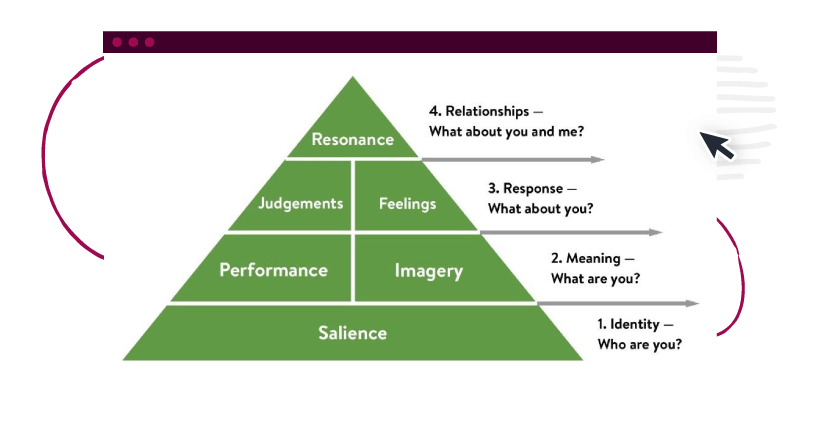What is brand equity? Brand equity refers to the strength of your brand in the minds of consumers. Positive brand equity means that consumers think and feel positive about your brand, while negative brand equity means the opposite. Strong brand equity is essential to the long-term success of your company.
Have a break, have a … what do you think of when you read these words? That’s right. KitKat. It’s a good example of the sway certain brands have in our minds. The same goes for the Nike swoosh, the Coca-Cola colors, the McDonald’s jingle, and many more.
Companies can live in our heads rent-free because of the brand equity they’ve built up over the years.
Why build brand equity?
Brand equity is hard to build and easy to lose. It’s about planting a seed in someone’s mind that can take years to blossom but can be destroyed with a single negative experience. Nonetheless, the benefits of positive brand equity far outweigh the effort you need to spend building it.
Here are only a few of its benefits:
- Charge higher prices. Apple can charge over $1,000 for their iPhones because of the power of their brand. Strong brand equity allows you to place a price premium on your products.
- Spend less on ads. Zara spends almost nothing on ads because it can lean on its brand. Once you’ve built brand equity, you don’t need to remind the consumer about your brand as much anymore.
- Increase customer lifetime value (CLV). People order pizza from Domino’s over any other pizza joint because of the company’s brand equity. The stronger yours is, the more loyal your customers are and the higher their CLV.
- Higher stock prices. At the time of writing, Tesla has a market cap of over $650 billion despite having only $31.5 billion in revenue. They trade at a significant premium because of the brand they’ve built. If you’re a publicly listed company, strong brand equity will increase the price of your stock.
How to build brand equity
The most comprehensive way to build brand equity is by following Kevin Lane Keller’s model. In his book, “Strategic Brand Management,” Keller explains that brand equity is a pyramid with four levels. You start at the bottom and move your way up as your brand grows stronger.

The first level is about brand salience.
You need to create a brand that stands out. Who are you, and why do you do what you do? This means you need to understand your brand’s values, but also more concrete things, such as its colors, its slogan, and perhaps even its jingle.
Before you can build brand equity, you need to understand what your brand embodies. That’s what you do at this level.
The second level is about brand meaning.
This means two things: how your product meets the customer’s need, i.e., its performance, and how your brand meets the customer’s needs psychologically and socially, i.e., its image.
iPhones are easy to use and perfectly engineered (performance), and they have the Apple brand that distinguishes the consumer from the rest (image).
The third level is about brand response.
Now we’re getting into the consumer’s mind. How do they judge your brand? What do they feel? Keller says that a consumer’s judgment will fall into one of these four categories:
- Quality. How qualitative a consumer thinks your product is.
- Credibility. How credible a consumer believes you are.
- Consideration. How relevant your product is to a consumer’s needs.
- Superiority. How superior a consumer thinks your brand is compared to the rest.
The final level, and the hardest level to get to, is about brand resonance. How strong a connection does your brand have with its consumers? Burger chain In-N-Out has such a loyal following because they’ve built a strong connection with their customers based on their ethics and values.
Examples of companies with strong brand equity
Brand equity is a relatively abstract concept, which is why there are many ways to measure it. Doing so isn’t easy either. Entire companies are dedicated to brand valuation!
For good measure, this is how much some of the world’s biggest brands are worth (as taken from Forbes’ annual list):
- Apple: $241.2 billion
- Coca-Cola: $64.4 billion
- Disney: $61.3 billion
- Louis Vuitton: $47.2 billion
- McDonald’s: $46.1 billion
- Toyota: $41.5 billion
- Nike: $39.1 billion
Build brand equity through high-quality content that gets your business noticed. Talk to a content specialist at ClearVoice today.



